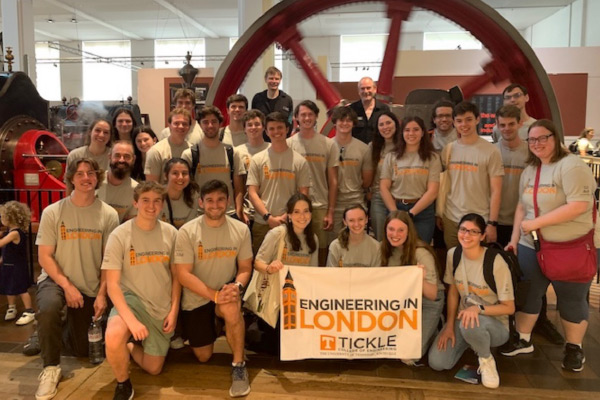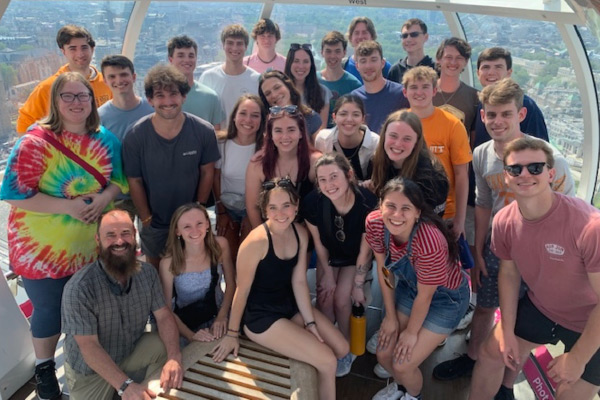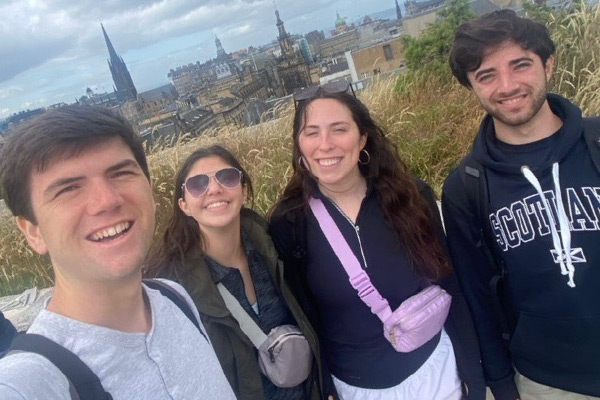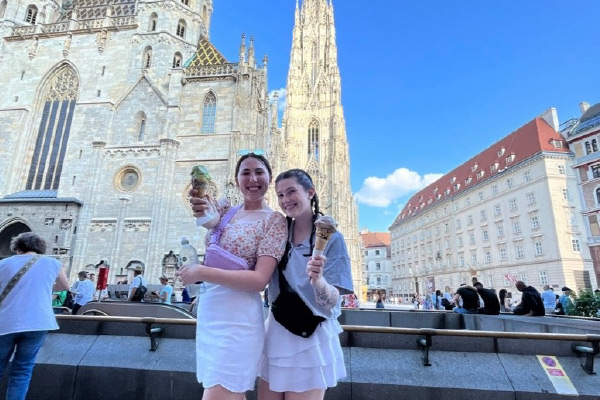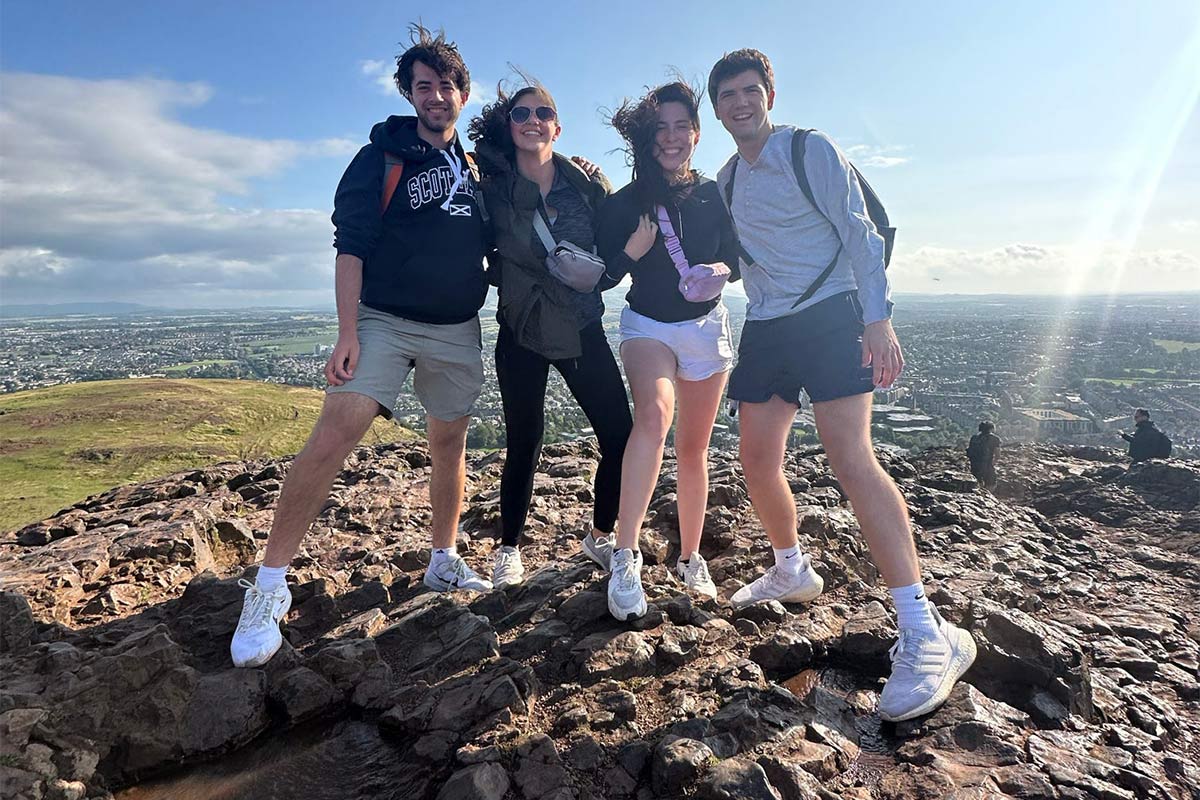Study Abroad Student Report: Cameron Castleberry
The Engineering in London program was the most exciting, challenging, invigorating, exhausting, and wonderful month of my life. From the moment we got off the plane in London till time to return home, it was an action-packed experience of a lifetime. London is a massive city, so there is no room for boredom (or rest, so bring good walking shoes) if you want to see much of the city. A few of the amazing landmarks we got to see include the London Eye, Big Ben, Tower Bridge, Shakespeare’s Globe Theatre, Kew Royal Botanical Gardens, and much more. Outside of class excursions and exploring London after school, most weekends were free to do whatever we pleased. Therefore, I hiked the White Cliffs of Dover, marveled at Edinburgh Castle in Scotland, and admired the old European architecture in Vienna, Austria. Best of all, I met a great group of new friends, and I will forever cherish our time together.
However, it wasn’t all just fun and games. We are engineering students, and that title doesn’t come without hard work. As mentioned above, our program was challenging at times. We took six credit hours abroad in only four and a half weeks. With the amount of places we wanted to see and things to do, it felt a little rushed. However, our professors, Professor Michael W. Berry and Assistant Professor Andrew Dickerson, were there to help us along the way. They made our coursework very engaging and supplemented class time with insightful excursions like the Thames Tunnel, the British Science Museum, and Bletchley Park. Bletchley Park was personally my favorite because we got to see how early computing machines (the Enigma) helped the Allies win WWII. The Enigma was used to crack German codes, which could then let the Allies know Germany’s next move and stop their attacks. Bletchley Park had such a huge role in the war that an estimated 14 million lives were saved by the brilliant people who built these machines. Despite little sleep and challenging coursework, the professors were very understanding of our situation and did their best to make the material interesting and enjoyable.
Lastly, I wanted to highlight that there weren’t any excursions on the trip specifically geared toward aerospace engineering, but it was worthwhile nonetheless. This trip has vastly widened my interest in other engineering specifications. I used to not appreciate the intricate designs and intensive labor that it takes to engineer things like bridges, dams, and tunnels. I only wanted to work on things that fly. However, after seeing something like the Thames Barrier and learning how it was built and how it works, I have gained so much appreciation for the things previously mentioned. They are things we see and use every day but take for granted. This program provided me with a new perspective on these amazing engineering feats and a respect for the people who created them. Overall, EIL led me to be more open-minded, meet new friends, test my capabilities and limits, and learn a lot about history and engineering! I would do it all again in a heartbeat if given the opportunity.
Additional Photos
